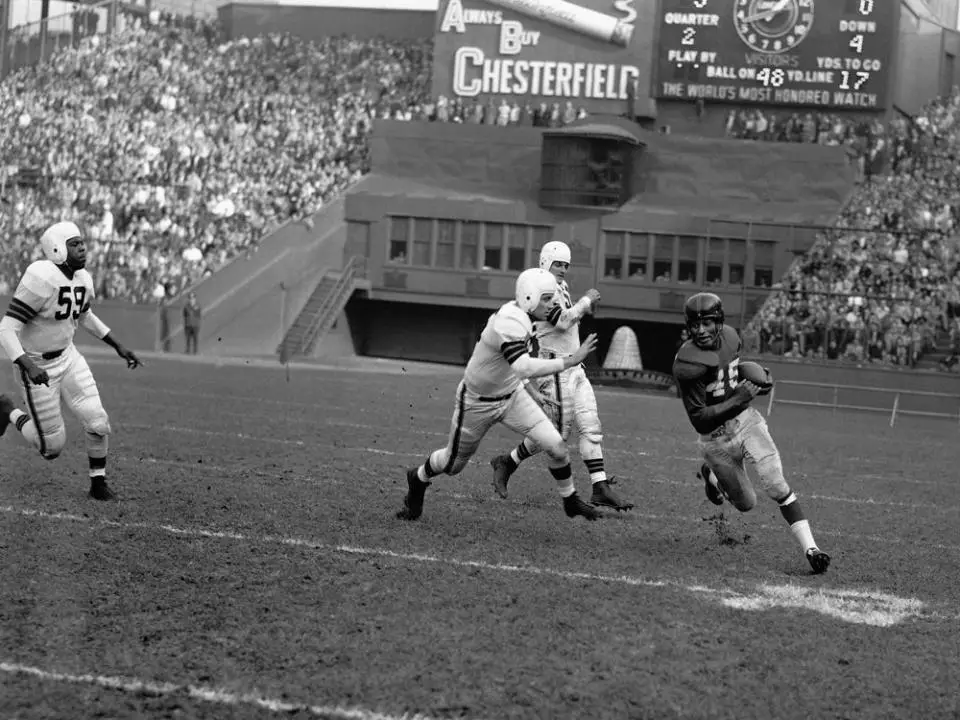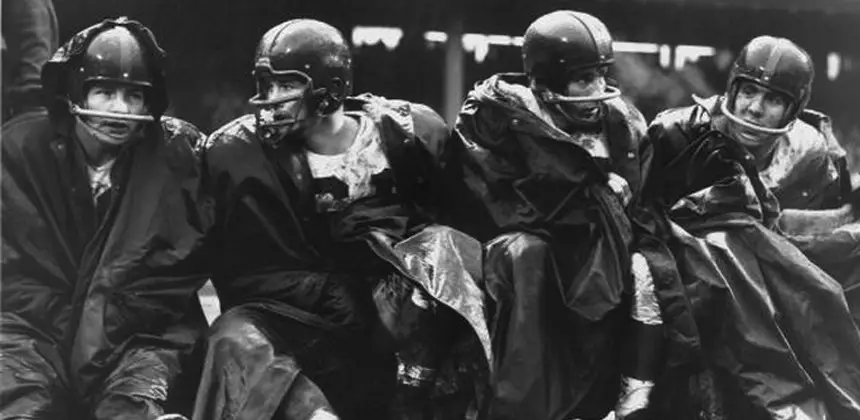![Jerry Reese’s 2016 Pre-Draft Press Conference; Player Q&As]()
by Eric Kennedy | Apr 21, 2016 | News and Notes
[contentblock id=1 img=html.png] JERRY REESE’S 2016 PRE-DRAFT PRESS CONFERENCE… New York Giants General Manager Jerry Reese held his annual pre-draft press conference on Thursday. The following is the transcript from the event (video is also available...

by Larry Schmitt | Oct 7, 2015 | Articles, New York Giants History
Emlen Tunnell and Roosevelt Brown were the first and second African-American players of the New York Football Giants franchise, respectively. They arrived from obscurity – Tunnell as a free agent who walked in off of the street and asked for a job, and Brown as a 27th...

by Larry Schmitt | May 30, 2015 | Articles, New York Giants History
By Larry Schmitt with contributions from Daniel Franck and Dr. Bruce Gilbert The 1956 season was a watershed moment for football in New York. Filled with potent portent, the campaign proved to be the penultimate piece of the puzzle for the ultimate explosion of pro...



